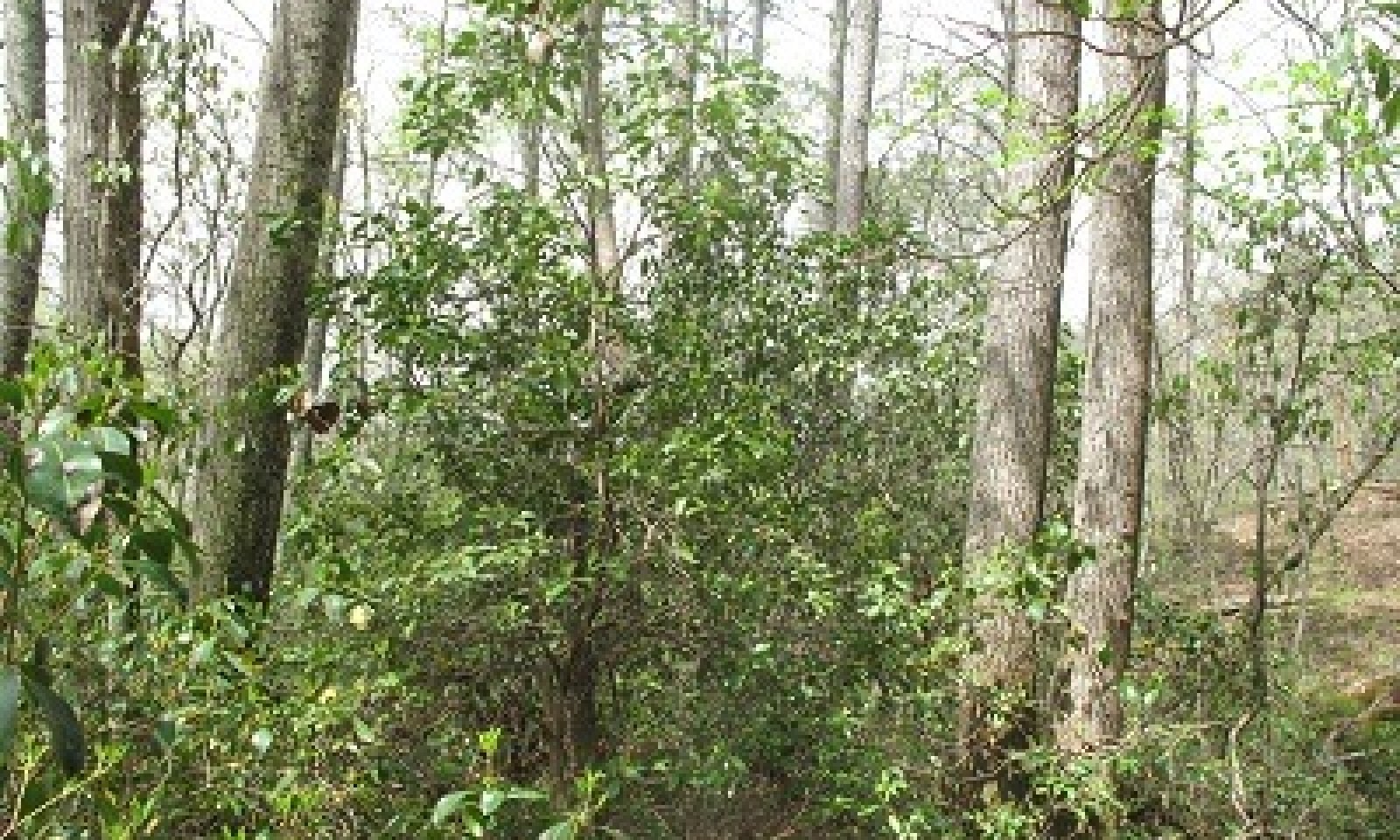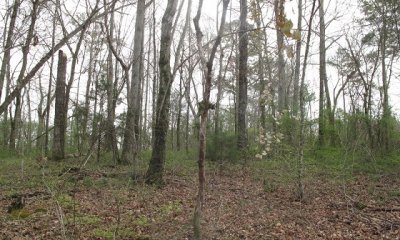
Floodplains
Scenario model
Current ecosystem state
Select a state
Management practices/drivers
Select a transition or restoration pathway
- Transition T1A More details
- Transition T1B More details
- Restoration pathway R2A More details
- Transition T2A More details
- Restoration pathway R3A More details
- Restoration pathway R3B More details
-
No transition or restoration pathway between the selected states has been described
Target ecosystem state
Select a state
Description
Forested floodplains typically consist of water tolerant oaks, red maples, black gum, sweet gum, elm, tulip poplar, shortleaf pine and Virginia pine; with aquatic grasses and sedges in places.
Description
Pasture crops are primarily baniagrass, coastal bermudagrass, or fescue grass with a legume. Other crops include corn, soybeans, cotton, and small grains.
Description
Where previously disturbed, sites can become overrun by non-native, invasive plants. In the worst cases, these sites will not regenerate to naturalized forests unless measures are taken to control the problem plants. The non-native privets are among the worst problem plants on this ecological site.
Mechanism
Pastureland establishment or renovation; vegetation removal (mechanical/chemical); seedbed preparation; planting desired species at appropriate rate. Cropland would be established similarly, by clearing and planting. Soil health should be a consideration.
Mechanism
Abandonment after disturbance; invasion by non-native, invasive plant species
Mechanism
In most cases, an abandoned pasture will revert to forest naturally. However, invasive exotic plants are almost always a problem following this type of major disturbance. If desirable, several management practices can improve the chances of restoration to a more native forest state including managing for species adapted/favored to the site; potential planting, competitor control - herbicide and/or mechanical, continual Timber Stand Improvement (TSI), which would require a forest management plan. Cropland can be even more disturbed and restoration practices would have to be site specific and account for past land-use.
Mechanism
Abandonment; introduction (typically unintentional) of non-native, invasive plant species
Restoration pathway R3A


Mechanism
Natural succession or tree planting and subsequent site-specific forest management. Control of invasive, exotic plant species. Control measures should be site-specific based on existing conditions.
Mechanism
Control of non-native, invasive plant species, clearing; Pastureland or cropland establishment: seedbed preparation; planting desired species at appropriate rates.
Invasive plants can be controlled using a number of methods including but not exclusive to mechanical control, chemical control, and if possible, biological control. Each site should be considered individually.
Model keys
Briefcase
Add ecological sites and Major Land Resource Areas to your briefcase by clicking on the briefcase (![]() ) icon wherever it occurs. Drag and drop items to reorder. Cookies are used to store briefcase items between browsing sessions. Because of this, the number of items that can be added to your briefcase is limited, and briefcase items added on one device and browser cannot be accessed from another device or browser. Users who do not wish to place cookies on their devices should not use the briefcase tool. Briefcase cookies serve no other purpose than described here and are deleted whenever browsing history is cleared.
) icon wherever it occurs. Drag and drop items to reorder. Cookies are used to store briefcase items between browsing sessions. Because of this, the number of items that can be added to your briefcase is limited, and briefcase items added on one device and browser cannot be accessed from another device or browser. Users who do not wish to place cookies on their devices should not use the briefcase tool. Briefcase cookies serve no other purpose than described here and are deleted whenever browsing history is cleared.
Ecological sites
Major Land Resource Areas
The Ecosystem Dynamics Interpretive Tool is an information system framework developed by the USDA-ARS Jornada Experimental Range, USDA Natural Resources Conservation Service, and New Mexico State University.
